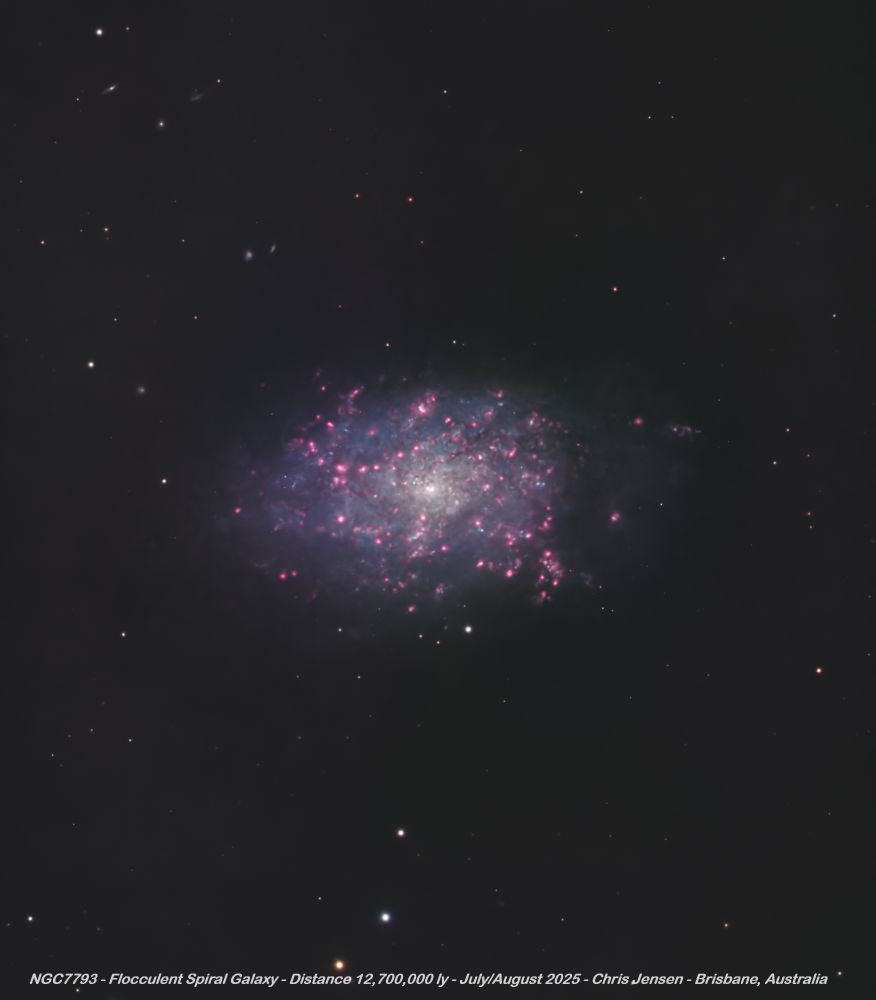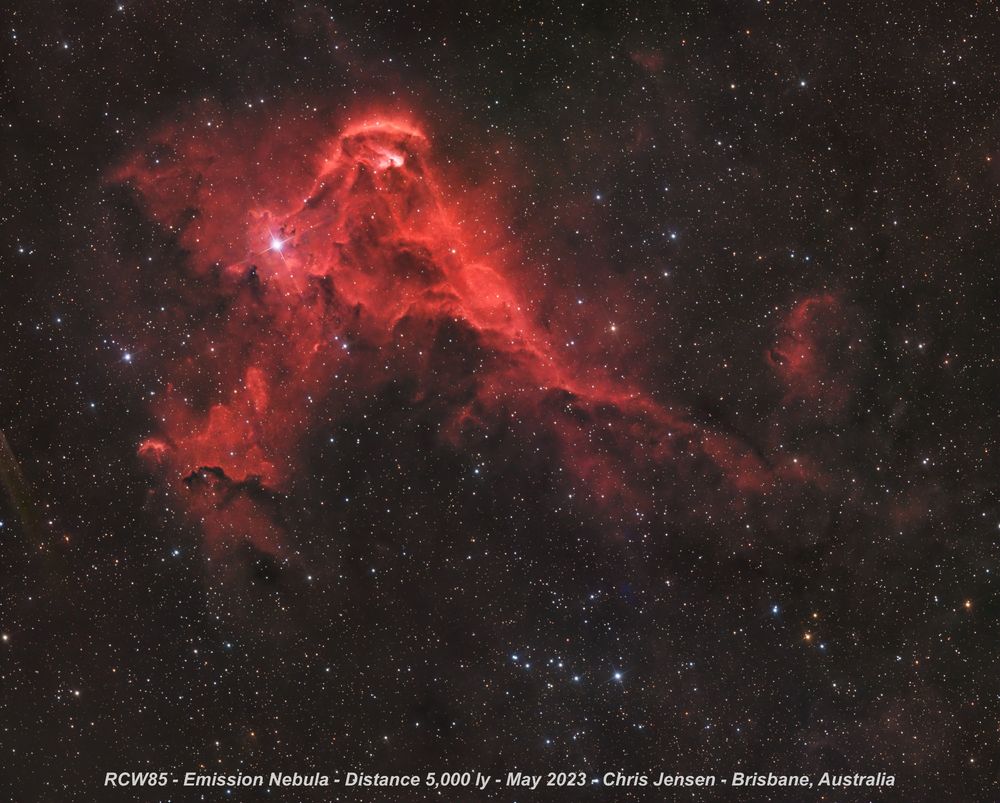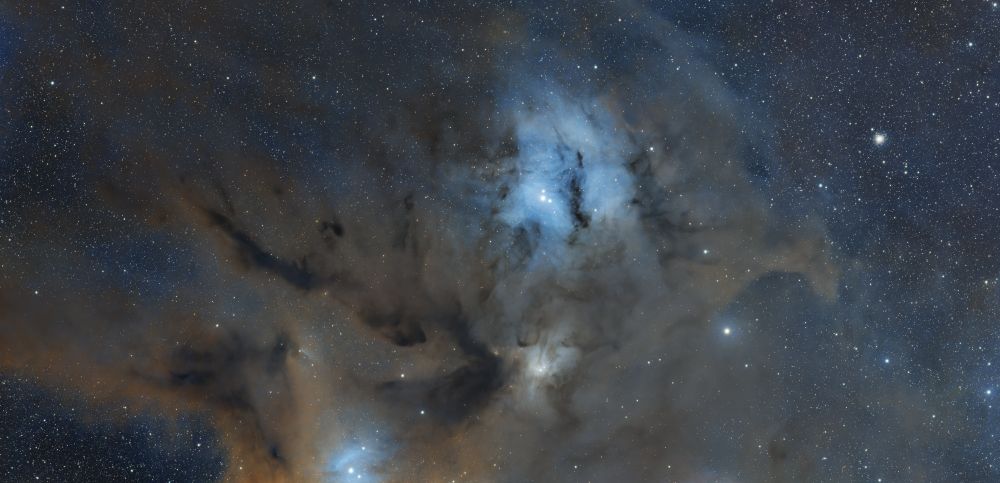Chris Jensen
@brisbaneastro.bsky.social
260 followers
310 following
140 posts
Astrophotographer imaging from my backyard in Brisbane, Australia. Selected prints available https://displate.com/brisbane_astro?art=6687b3b5a08c5&fbclid=PAZXh0bgNhZW0CMTEAAab0_m41kUz2FGEnlQtBsEPuA-7aGcTJbVisEOe2LxFnZCOMSHBs3elSeMI_aem_hP9STM5kdcA7LtEWj5JL
Posts
Media
Videos
Starter Packs
Pinned
Chris Jensen
@brisbaneastro.bsky.social
· Aug 16
Chris Jensen
@brisbaneastro.bsky.social
· Aug 15
Chris Jensen
@brisbaneastro.bsky.social
· Aug 15
Chris Jensen
@brisbaneastro.bsky.social
· Aug 11






















![Messier 14 – Metal-Poor Globular Cluster in Ophiuchus
Messier 14 (NGC 6402) is a moderately concentrated globular cluster located in the constellation Ophiuchus, approximately 30,300 light-years from Earth. With an estimated age of ~13.25 billion years, it is a representative example of the old, metal-poor stellar populations that inhabit the Galactic halo.
The cluster spans about 100 light-years in diameter and contains several hundred thousand Population II stars. Its low metallicity ([Fe/H] ≈ –1.28) reflects a formation epoch early in the history of the Milky Way. M14 is classified as a Shapley-Sawyer Class VIII cluster and exhibits a relatively diffuse outer halo surrounding a dense core.
More than 70 RR Lyrae variable stars have been identified within the cluster, making it useful for refining distance measurements through the period-luminosity relation. In 1938, a nova event was recorded on photographic plates, one of the few confirmed nova eruptions within a globular cluster.
Imaging Details:
Telescope: Celestron EdgeHD 8"
Camera: ZWO ASI1600MM Pro
Filters: ZWO Red, Green, Blue (36mm)
Exposure:
Red: 96 × 60 sec
Green: 90 × 60 sec
Blue: 90 × 60 sec
Mount: Sky-Watcher EQ6-R Pro
Software: NINA (acquisition), PixInsight (processing)
This image resolves the core and extended halo of M14 in broadband RGB. The cluster’s structure and variable population contribute to studies of globular cluster dynamics, distance calibration, and the early chemical evolution of the Milky Way.](https://cdn.bsky.app/img/feed_thumbnail/plain/did:plc:6mpbzjkeebrjlj2jbtehabsu/bafkreibg6x6yxrrelxu56lsuvsj2svvc5dmyro7qkb7wbosjluu6nuuvxe@jpeg)